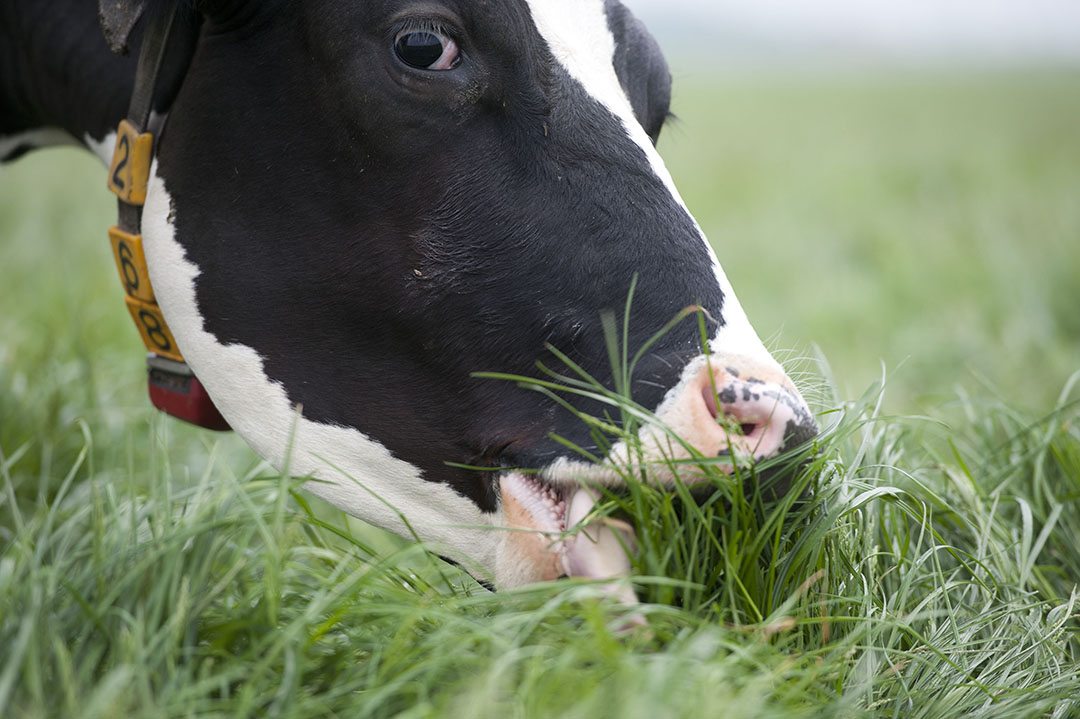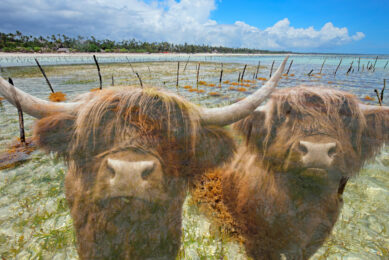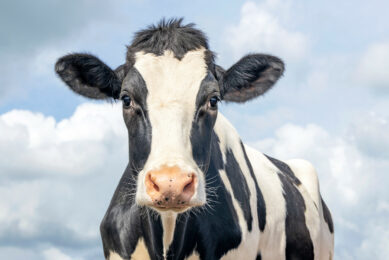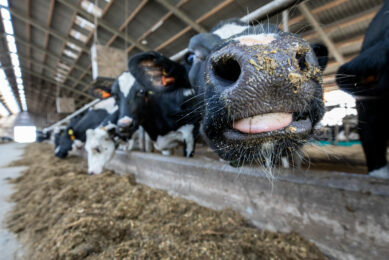NIRS to better measure nutrients in pasture

Do you know the nutrient base in your forage? Real-time near-infrared spectroscopy can help to get better insights in this to produce better forage and silage.
Many dairy farmers let their cows graze, as grass provides a cheap and affordable source of nutrients for ruminants, with pasture providing approximately 70% of the 42 million tons of forage dry matter consumed by ruminants. However, changes in pasture nutrients over the growing season are typically not monitored but understanding seasonal changes in pasture nutrient concentrations can enhance ruminant production systems and management.
NIRS: Quick and low cost
In recent years the principal method of wet chemistry analysis in the laboratory for obtaining nutrient levels in forage has been replaced by NIRS analysis, which is calibrated using wet chemistry data. The NIRS technique measures the spectrum of infrared energy reflected from a sample illuminated by white light. This approach to estimate nutrient levels in products has reduced the time taken for analysis (from about 16 hours to less than a minute) and its cost. Even with this quicker and lower cost approach, and the fact that NIRS devices have become smaller and more mobile, forage analysis is often done infrequently by farmers. This can be improved as the technology allows frequent nutrient analysis and timelier decision making at a lower cost.
Also interesting: 4 ways NIR can support precision nutrition
Pastures for grazing and silage
In a new study, UK researchers therefore assessed the use of real-time near-infrared spectroscopy (NIRS) for monitoring seasonal changes in nutrient concentrations of different pasture types used for grazing and silage production. In the study, 3 permanent pastures and 3 temporary ley pastures (3 years old) grazed by cattle or sheep and/or used for silage production were monitored weekly for 20 weeks from April to August 2017 in the UK. 5 pasture samples per field were obtained per week for NIRS analysis and estimation of fresh and dry matter herbage cover (both kg per hectare). Herbage height was also measured each week. Effects of pasture type (permanent or temporary), phase of production (grazed or rested for regrowth) and month of year (April to August) on pasture nutrients were assessed. A mobile NIRS device was used to scan cut pasture samples for their nutrient concentrations. The concentrations measured were: dry matter, crude protein, acid detergent fibre (ADF), neutral detergent fibre (NDF), water soluble carbohydrate (WSC), ash, digestible organic matter (DOMD), and dry matter digestibility (DMD; all expressed as grams per kilogram of dry matter).
Also interesting: Pasture reader monitors grass growth
More timely adaptive pasture management
Considerable variation was observed in pasture production and in the concentrations of dry matter, crude protein and WSC in pastures. This study suggests that grazing pastures to a mean height of below 7cm results in a significantly reduced concentration of crude protein, DOMD, and DMD, which may be detrimental to the grass intake and protein intake of the grazing animal. The DOMD and DMD of pasture were positively correlated with herbage height and herbage cover crude protein concentration. The researchers conclude that an approach of real-time nutrient monitoring will facilitate more timely adaptive pasture management than currently feasible for farmers. This should lead to productivity gain.
This article is a summary of the paper: Bell MJ, Mereu L and Davis J (2018) The Use of Mobile Near-Infrared Spectroscopy for Real-Time Pasture Management, Front. Sustain. Food Syst. 2:76.
Join 26,000+ subscribers
Subscribe to our newsletter to stay updated about all the need-to-know content in the feed sector, three times a week. Beheer
Beheer











 WP Admin
WP Admin  Bewerk bericht
Bewerk bericht